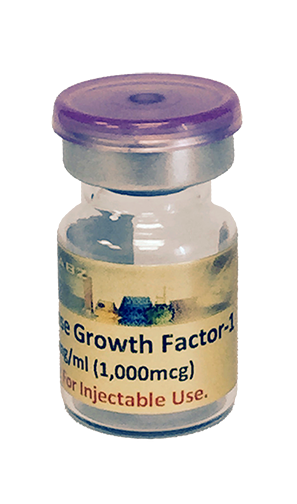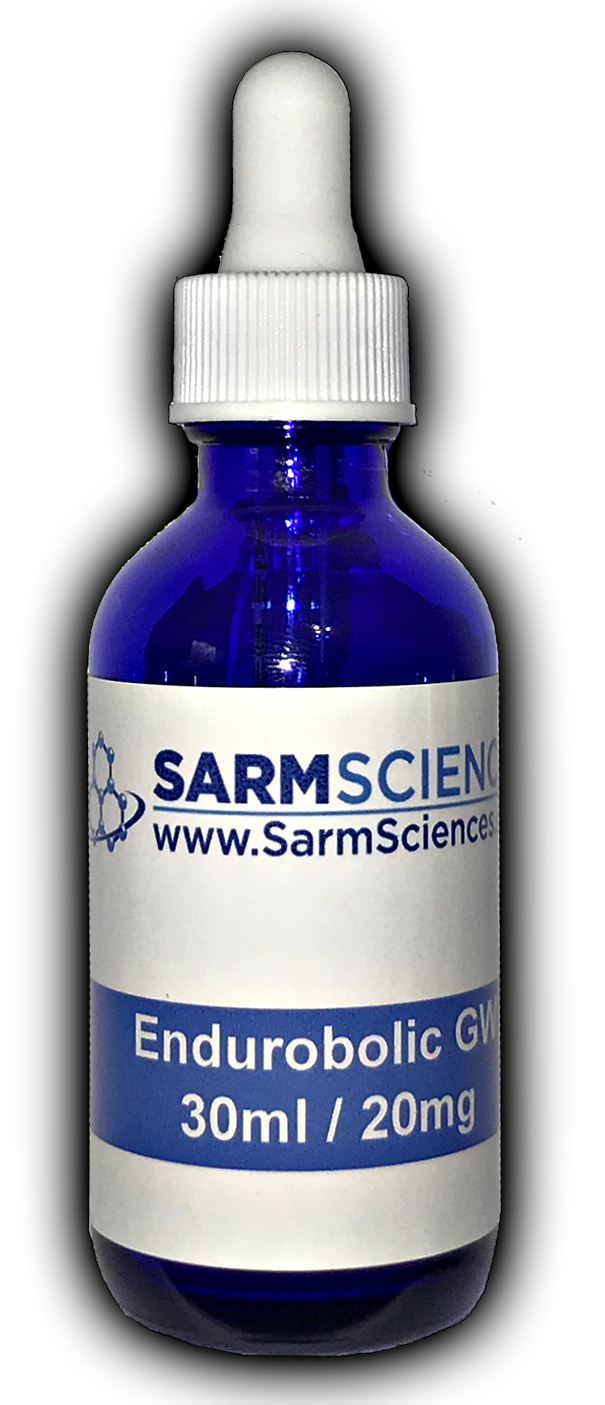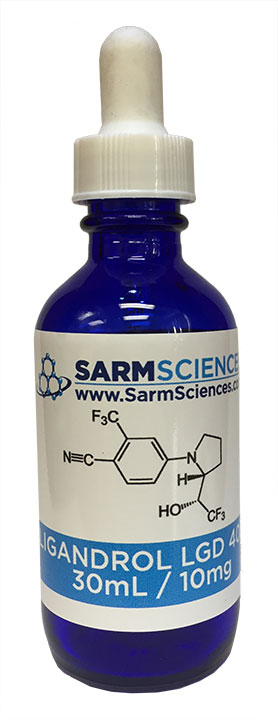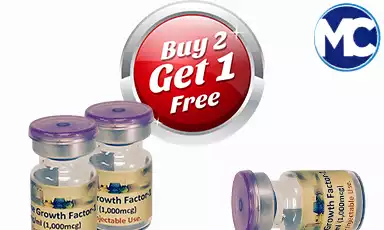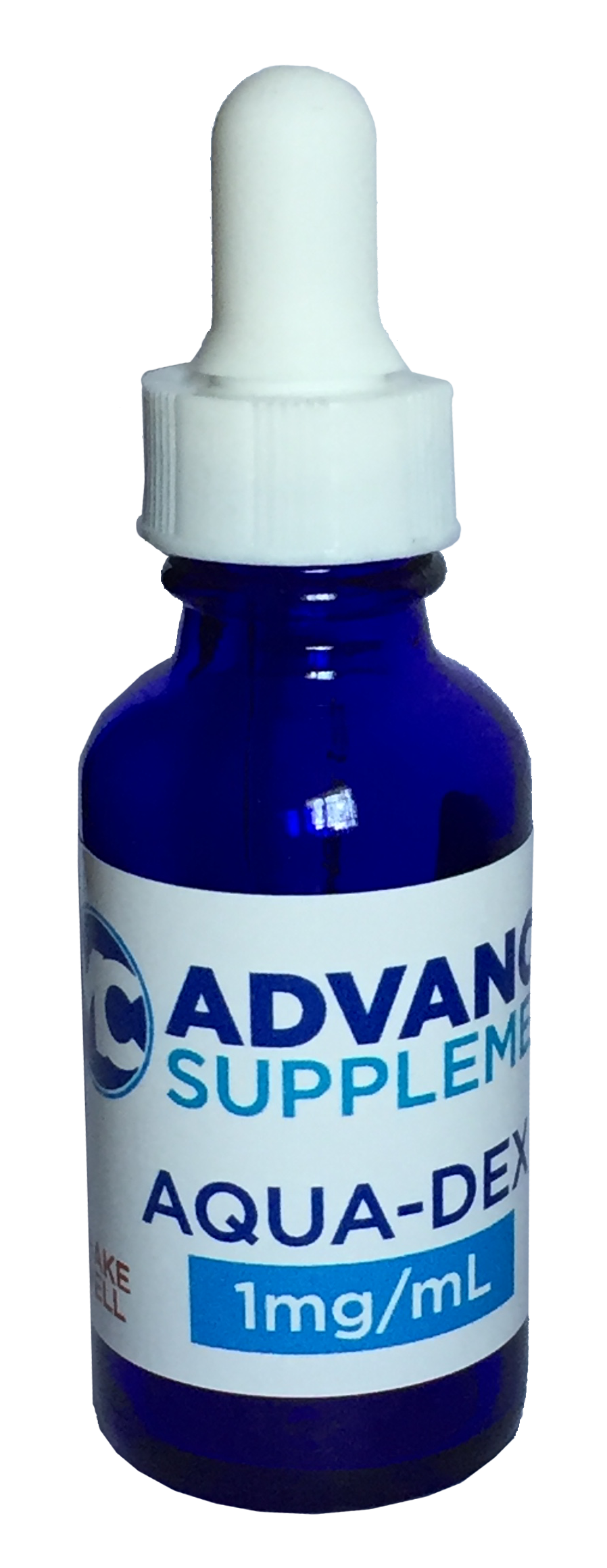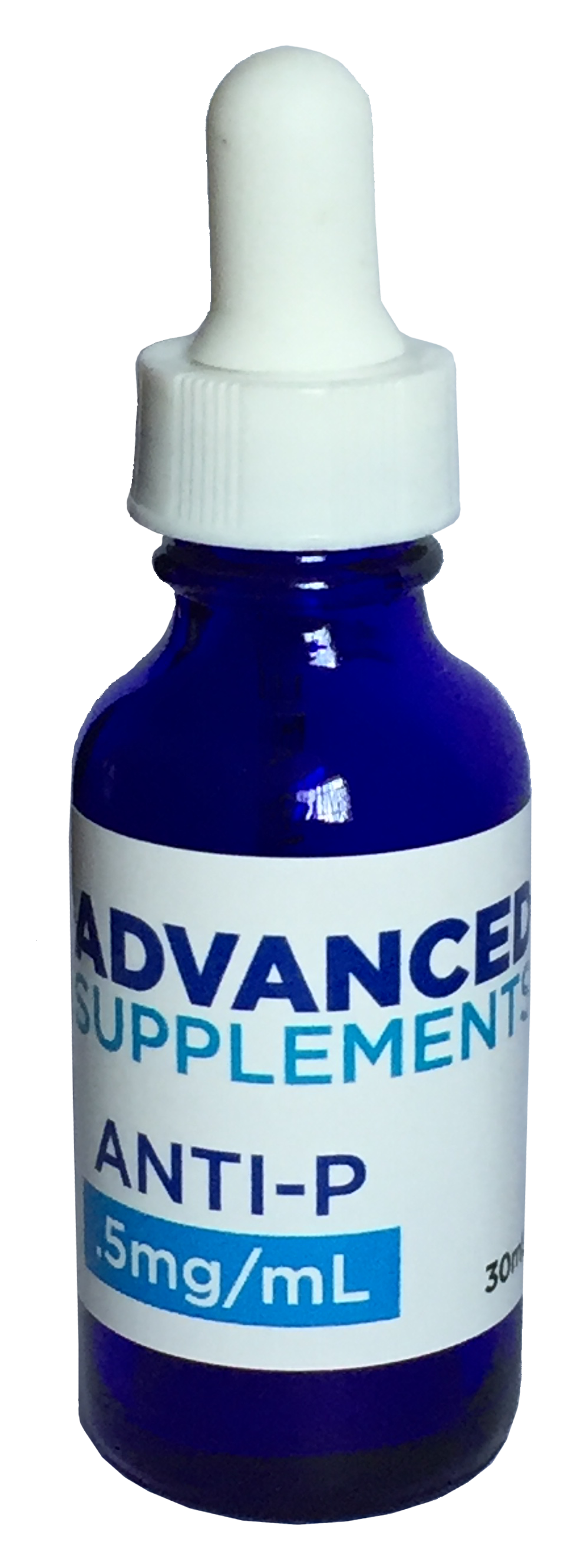IGF-1 causes most of the effects associated with HGH.
HGH3 InformationThe Big Picture: “What is HGH?” is becoming a very popular question, sincealmost every other day, HGH is mentioned in the media regarding its use byathletes, or breaking research emerges concerning the benefits of its use.
Somatotropin5 or Growth Hormone (GH)
More popularly known as HGH or Human Growth Hormone, is created in thebase and center of the brain, more specifically, in the rear portion of the anteriorlobe of the Pituitary Gland. The Pituitary Gland has two primary lobes, theanterior or front lobe and posterior or back lobe. HGH is made in the back of thefront lobe of the Pituitary Gland.HGH is a delicate, unique and important hormone protein, which is the largest inthe body, and has a variety of beneficial purposes in the human body. The mostimportant feature is the stimulation of the growth, development and regenerationof healthy cells throughout the human body.
HGH is a delicate, unique and important hormone protein, which is the largest inthe body, and has a variety of beneficial purposes in the human body. The mostimportant feature is the stimulation of the growth, development and regenerationof healthy cells throughout the human body.
Virtually every organ and system in the body is dependent on HGH for propergrowth, development and function, therefore HGH is considered by manyspecialized medical experts in the field of anti-aging, longevity and cellregeneration medicine, to be the master hormone.“What is a Hormone2?” A hormone (from the Greek "impetus" or a movingforce; impulse; stimulus) is a chemical messenger that carries a signal from onecell (or group of cells) to another, via the blood. In general, hormones regulatethe function of their target cells - the cells receiving the hormone. The action ornet effect of hormones is determined by a number of factors, including its patternof release into the human body, and the response of the receiving cells2.“What does Human Growth Hormone look like?” HGH is a protein hormonemade up of a chain of 191 amino acids, also known as a polypeptide (poly isLatin meaning ‘many’ – many peptides – many amino acids), which form acircular shape.
The Master Human Growth Hormone (HGH) Molecule3
“How is Human Growth Hormone made in the Human Body?”
HGH iscreated and secreted into the bloodstream by the anterior (back part) lobe of thePituitary Gland (which looks like a garbanzo bean) at the central base of thebrain.More specifically, in the rear portion of the Pituitary Gland, there is a kind of stackor sack of cells called Somatotropes, which make up about 40 to 50% of theanterior (back) of the Pituitary Gland, these cells act as a factory, pumping outthis very important HGH protein
The Human Growth Hormone (HGH) On and Off Switch There seems to be two or more factors regulating the release, decrease andcease, of HGH. The Hypothalamus in the bottom (base) back of the brain,metaphorically acts to a great extent, as the on and off switch of HGH production.
Research on how to Stop HGH Production Permanently In a research study by scientist Reichlin and his colleagues1, where the connection from the Hypothalamus11 to the Pituitary Gland was cut off (sectionedoff), the Pituitary stopped producing healthy levels of HGH. This showed that theHypothalamus, which produces the Growth Hormone Releasing Hormone(HGRH), is the dominant source of stimulating the Pituitary Gland to produce HGH. Also see sermorelin regarding using the hormone: Growth Hormone Releasing Hormone to stimulate HGH release in the body (more affordable approach to increasing HGH in the body though far less effective than exogenous GH or IGF-1 injections).
“The HGH ON Switch” The Hypothalamus plays an important role in HGHproduction and produces GHRH (also see Sermorelin), the precursor to stimulateHGH production in the Pituitary Gland. In other words, or laymen’s terms, theHypothalamus uses GHRH (growth hormone releasing hormone) tometaphorically tell the Pituitary Gland HGH “Factory”, to kick-start the HGHassembly line production.
“The HGH OFF Switch” The Hypothalamus and body also play a role in theproduction of somatostatins (the OFF switch or simply HGH “Blockers”), to shutdown or decrease HGH production in the Pituitary Gland. In laymen’s terms thebody releases somatostatins to tell the HGH assembly line to shut off.
“How is HGH released in the body and what is its frequency?” HGH isprimarily released in pulses that take place during the beginning phases of sleep,with the highest release at the latest stages of sleep, which is why it is importantto get a minimum of eight hours of restful sleep. People who do not get propersleep have shorter life spans and sometime suffer from HGH deficiencies. Duringthe 24-hour cycle of the day, HGH is released in smaller pulses, about 30 in total.
“What happens when HGH is released in the body?” Once HGH is releasedby the Pituitary Gland, it circulates in the bloodstream, throughout the body andthe brain, and is eventually absorbed by the liver, where it is converted intogrowth factors, the most important one being IGF-1. Growth hormone is rapidlyconverted in the liver, to a powerful growth-promoting metabolite, an insulin-likegrowth factor - Type 1 (IGF-1, also referred to as Somatomedin C).
IGF-1 Insulin like Growth Factor One IGF-1 causes most of the effects associated with HGH. It is measured in theblood to determine the level of growth hormone secretion. Most of the beneficialeffects of HGH are directly attributable to its stimulation of IGF-1.These growth factors are the messengers that carry the messages to the cells ofthe body. This communication regulates the growth of cells, telling them when tolive and when to die. Cell reproduction slows down with aging, unless the cellsare prompted by the growth factors of HGH.Therefore, it could be said that HGH is the precursor of IGF, that is to say, HGHis what stimulates the body (the liver) to produce IGF-1.
The Principal Consequence of Growth Hormone is Insulin-like Growth Factor I (IGF-I), aka Somatomedin C
The Dominant Effector of Growth Hormone is Insulin-like Growth Factor I (IGF-1).
Now where Bodybuilding and Development is concerned, it is this IGF-1 that exerts the greatest influence on muscle tissue cell proliferation or to put it into layman’s terms........BUILDING MUSCLE!
Insulin-like Growth Factor I (IGF-I), also known as Somatomedin C, is the Prevailing Response of Growth Hormone (GH) and is structurally homologous to Proinsulin. What is Proinsulin you ask, and the answer is intuitively simple in that Pro-Insulin is a substance produced in/and by the pancreas that is converted to Insulin.
Proinsulin is what your body needs in order to turn food into energy.
Human IGF-I is synthesized as two precursor isoforms with N- and alternative C‑terminal propeptides. These isoforms are differentially expressed by various tissues. The 7.6 kDa mature IGF‑I is identical between isoforms and is generated by proteolytic removal of the N- and C-terminal regions. Mature human IGF-I shares 94% and 96% amino acid (aa) sequence identity with the mouse and rat orthologs, respectively.
Growth Hormone (G.H.) stimulates the production of IGF-1 in the majority of tissues. Hepatocytes produce circulating IGF-I, while local IGF-I is produced by many other tissues in which it has paracrine effects.
IGF-I induces the proliferation, migration, and differentiation of a wide variety of cell types during development and postnatally.
IGF-I regulates glucose, fatty acid, and protein metabolism, steroid hormone activity, and cartilage and bone metabolism.
IGF-I plays an important role in muscle regeneration progression.
IGF-I binds IGF-I R, IGF-II R, and the Insulin Receptor, although its effects are mediated primarily by IGF-I R.
IGF-I also binds with strong affinity to IGF binding proteins (IGFBPs), which regulate the availability and biological activities of IGF-I.
Long R3 IGF-I (LR3 IGF-I) is a 9.2 kDa synthetic analog of IGF-I that is generated by modifying the aa sequence for mature human IGF-I.
These modifications include the substitution of an Arg for Glu at position 3 of the mature IGF-1 sequence and the addition of a thirteen aa N-terminal extension, which is derived from methionyl porcine Growth Hormone.
These aa changes generate a protein that is still capable of binding to IGF-I and Insulin receptors, but shows considerably lower affinity binding to IGFBPs compared to wild-type IGF-I.
As a result, LR3 IGF-I has an increased half-life and displays increased biological potency compared to IGF-I.
Oh Now I Know:
Arg being Arginine (when referenced in differences between IGF-1 & IGF-1 LongR3)
Glu being Glutamic acid ( (when referenced in differences between IGF-1 & IGF-1 LongR3)
Growth Hormone can be thought of as a Precursor to IGF-1, and IGF-1 LongR3.
Proper Name:
Insulin-like Growth Factor I
Gene Identifications:
3479 (Human); 16000 (Mouse); 24482 (Rat)
Alternate Names:
IBP1; IGF1; IGF-1; IGF1A; IGFI; IGF-I; IGF-IA; IGF-IB; insulin-like growth factor 1 (somatomedin C); insulin-like growth factor 1; insulin-like growth factor I; insulin-like growth factor IA; insulin-like growth factor IB; Mechano growth factor; MGF; Somatomedin A; Somatomedin C; somatomedin-C
Peptide Sciences or MuscleChemistry Abbreviation Guide Can Be Found Below When Referencing Amino Acid Sequences. Know How You Grow! Amino Acid BodyBuilding Blocks .
Amino Acids
[COLOR=rgba(0, 0, 0, 0.792157)]
Proteinogenic Amino Acids
Ala Alanine A
Arg Arginine R
Asn Asparagine N
Asp Aspartic acid D
Asx Asn or Asp
Cys Cysteine C
Gln Glutamine Q
Glu Glutamic acid E
Glx Gln or Glu
Gly Glycine G
His Histidine H
Ile Isoleucine I
Leu Leucine L
Lys Lysine K
Met Methionine M
Phe Phenylalanine F
Pro Proline P
Ser Serine S
Thr Threonine T
Trp Tryptophan W
Tyr Tyrosine Y
Val Valine V
